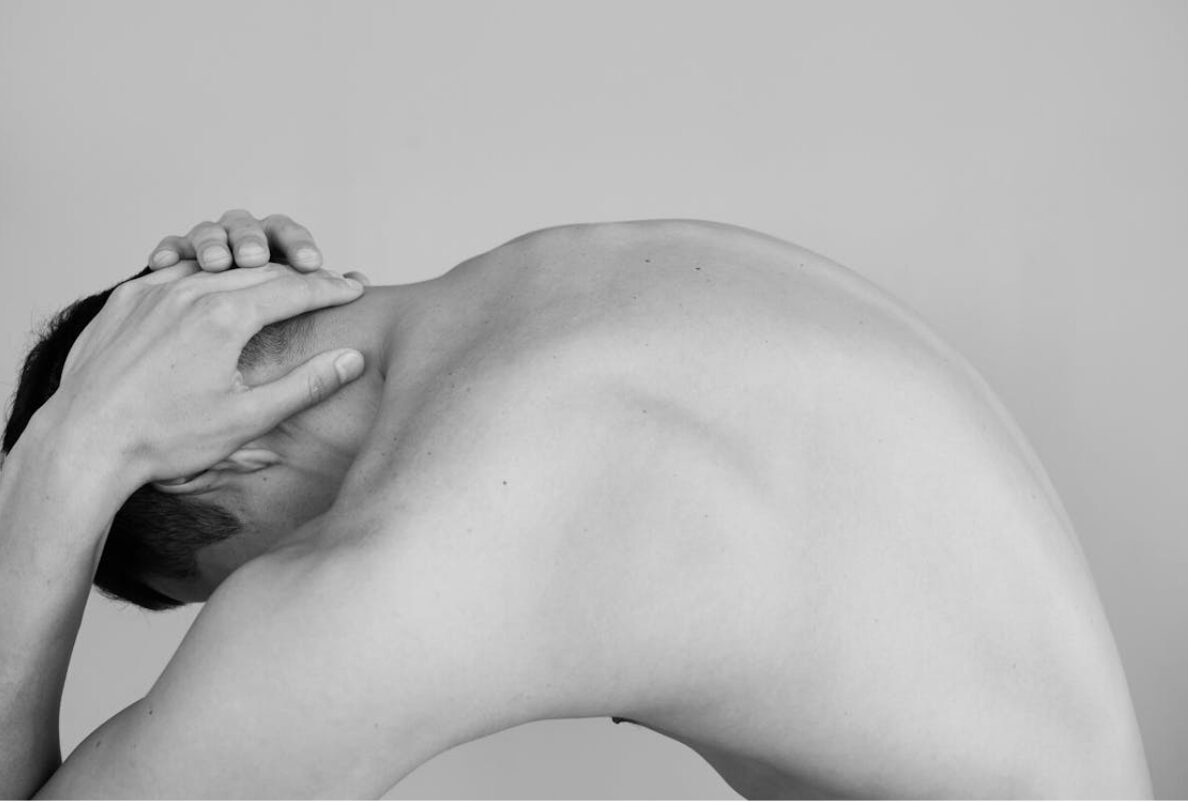You may have had bad posture for years and not realise that is why your neck hurts, not the pillow. Or your posture has slowly been declining over time; the immediate effects seemed limited to joint stiffness or muscle tightness. But posture shapes more than physical comfort. It interacts with key internal systems, and over months or years, those effects can start to influence how the body functions in unexpected ways.
Breathing Efficiency
A spine that sits forward and compressed can make deep breathing harder to access. When the chest folds in and the diaphragm is restricted, lung expansion tends to shrink. This changes how much air a person takes in at rest and during activity. As this becomes the default, breathing shifts into higher frequency, lower volume patterns. The consequences are often subtle, involving how much oxygen supports decision-making, physical output, and recovery after stress.
Circulatory and Digestive Load
Long hours in a curved posture press the abdominal contents inward and downward. The vessels that return blood from the legs don’t work well under compression, and digestive activity can lose its rhythm. Slower movement through the gut, irregular absorption, and increased pressure near the stomach junction may follow. Often, these issues develop alongside postural patterns without obvious external signs. They are physiological responses to restricted space, tension, and gravity working against natural body mechanics.
Nerve Tension and Sensory Disruption
When the spine holds an altered shape for long periods, it affects the pathways that nerves follow through the back, shoulders, neck, and spine. Compression or stretching in these areas can lead to nerve signals being interrupted or distorted. This might show up as tingling, sensitivity changes, or occasional weakness, especially in the arms or hands. These kinds of symptoms sometimes appear disconnected from their origin, but mechanical interference along the spine is frequently involved.
Cognitive Fatigue and Subtle Stress
There is a relationship between how the body is positioned and how it manages focus. Overstressed joints and muscle systems create background signals that draw on attention and energy. Even when posture doesn’t feel uncomfortable, this low-level strain can accumulate. The brain, constantly interpreting sensory feedback from misaligned structures, is working in the background. As this continues, people may find that mental endurance is reduced or that staying focused becomes harder over the course of a day.
Structural Interdependence
Posture issues don’t usually begin in isolation, and they rarely stay that way. When the spine starts to shift, it often sets off a series of small adjustments throughout the rest of the body, some in the hips, some in the shoulders, some in how the head balances. These changes happen slowly, and the body does its best to adapt. Over time, though, those adaptations can place new kinds of strain on joints and soft tissue or affect how signals move through the nervous system. Clinics like Keystone Specific Chiropractic Center take a close look at these kinds of patterns. They use imaging and detailed neurological checks not just to see what is out of place but to understand how it got that way. Chasing isolated symptoms rarely gets you anywhere. But when you understand the structure as a whole, you’ll know that posture, alignment, and function are rarely separate things.
Conclusion
Posture tends to change slowly, often without much notice. What starts as a slight forward lean or uneven hip position can turn into something more permanent. Over time, these changes shift the way the body breathes, moves blood, processes food, and even manages attention. When those systems start to work a little harder than they need to, the effects might feel scattered or hard to explain. Looking at posture through a structural lens makes it easier to connect the dots. Many of your problems, like fatigue, anxiety, or even digestive problems, might have started with your posture. It is worth fixing it sooner rather than later.
Photo Via Pexels

